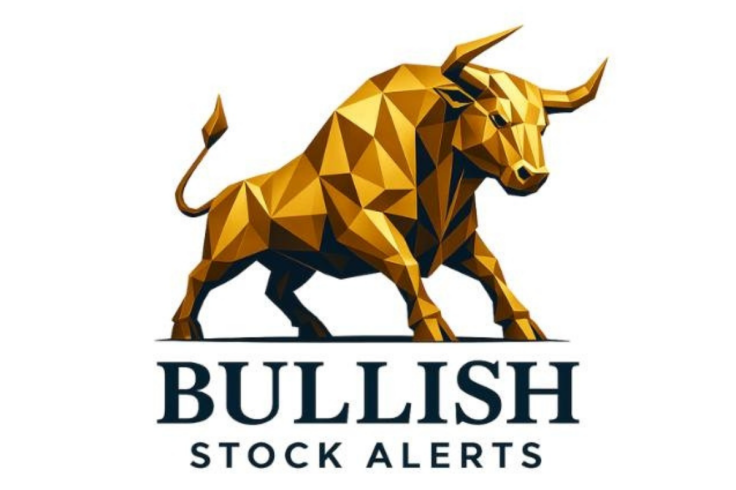From $37 to $70: NYSE Explodes; How Did the Bullish Crypto Listing Nearly Double on Debut?
Bullish IPO Frenzy Sends NYSE into a Buying Spree Like Never Before

Touted as one of the year's biggest crypto listings, Bullish made its New York Stock Exchange debut on Wednesday, 13 August, after pricing its initial public offering at $37 a share. By the closing bell in New York, the stock had almost doubled, finishing near $70 and briefly valuing the company at close to $10 billion.
Trading unfolded on the NYSE, where the newly listed exchange backed by prominent tech investors and led by former NYSE president Tom Farley became the day's standout mover. The listing landed in a market already buoyed by renewed enthusiasm for digital‑asset businesses and robust crypto prices.
What happened
Bullish priced above an already‑raised range, then opened at about $90 more than 140% above the offer and quickly hit a volatility halt after spiking through $100. Shares later cooled to end the session around $68–$70, a first‑day gain of roughly 84%–90%. Intraday, the stock printed as high as $118. The company raised about $1.1 billion, helping to underpin a debut market value near $10 billion.
When did momentum build
Momentum was immediate once the opening print crossed well above the offer price. The outsized 'first tick' signaled heavy day‑one demand and set the tone for wide‑ranging trade: a sharp early pop, a mid‑session cool‑off, and a steadier close still far above the IPO price. Coverage the same day highlighted both the scale of the opening surge and the closing gains.
Where does valuation land
On first‑day prices near $70, Bullish's equity value hovered around the $10 billion mark noted by multiple outlets. The deal proceeds (circa $1.1 billion) add financial flexibility and a public‑market currency for expansion, in a business where liquidity and scale can be self‑reinforcing advantages.
Who is behind Bullish
The company is run by Tom Farley, a former NYSE president with deep IPO‑market experience, and counts high‑profile backers including Peter Thiel. Bullish also owns CoinDesk, positioning the group at the intersection of trading infrastructure and crypto media. Pre‑IPO materials and coverage traced the firm's roots to a 2021 launch and recent efforts to court institutional volumes.
Why did it surge
Three forces stand out in first‑day reports. First, scarcity: sizeable, headline crypto listings have been limited in recent years, concentrating demand into a single, liquid way to gain exposure. Second, macro tailwinds: a strong backdrop for major tokens has supported appetite for crypto‑linked equities. Third, book strength: pricing above a lifted range is a classic sign that the order book was deep, with the opening trade at $90 confirming buyers were willing to pay well beyond the offer.
How should investors read the price move
The surge is rooted in observable supply‑and‑demand dynamics: a deal priced above range, a hot opening print and heavy early turnover. But the valuation now embeds expectations that Bullish can translate activity into durable revenue and cash flow through the cycle. Ahead of the listing, the company highlighted rapid growth in trading activity including a 78% year‑on‑year jump in quarterly volumes and average daily volume of $2.55 billion data points consistent with a platform gaining traction among institutional users. Those metrics help explain the premium, but public‑market scrutiny will focus on sustaining volumes and margins as conditions change.
© Copyright IBTimes 2025. All rights reserved.





















